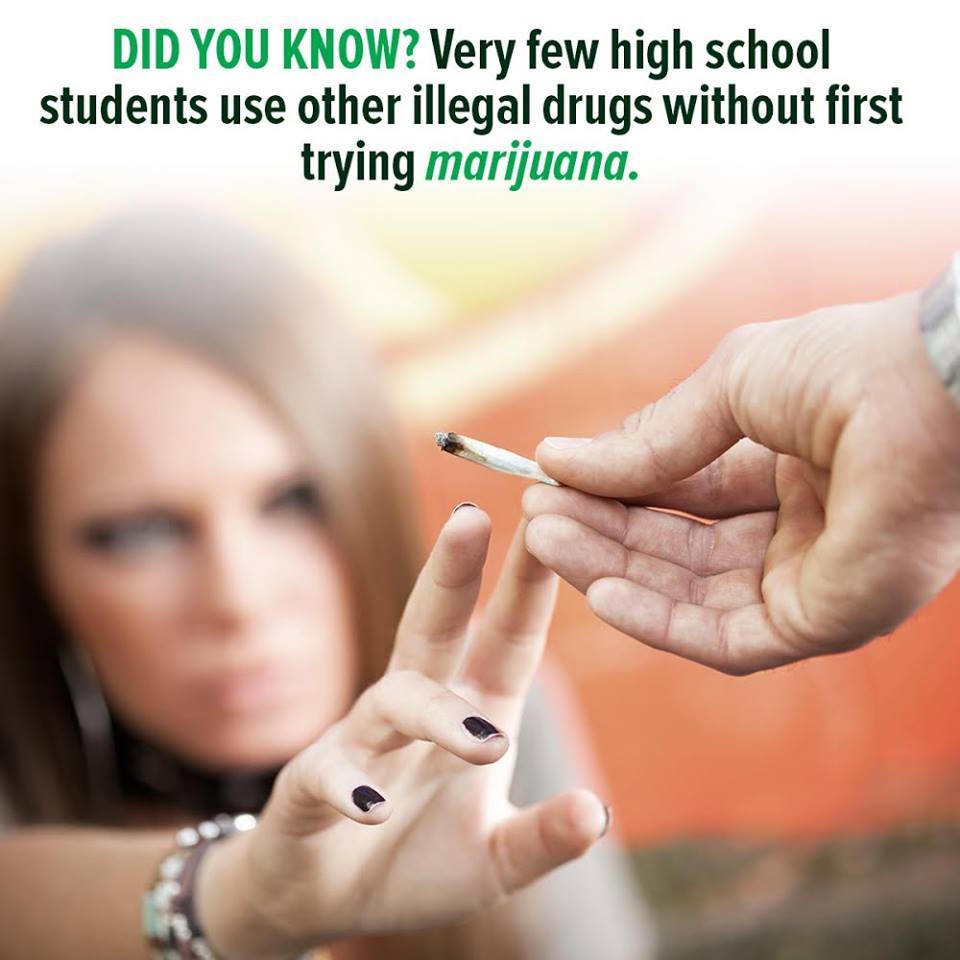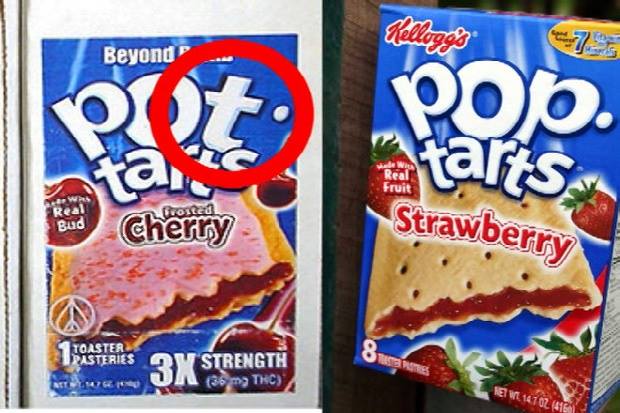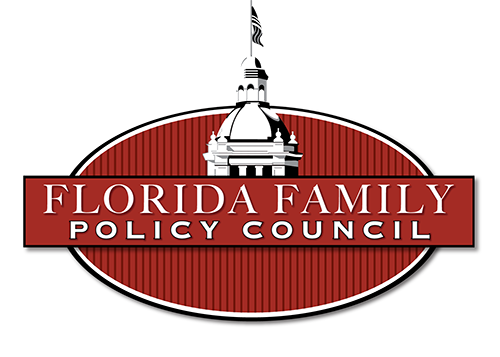Marijuana
37.6 Million
The estimated number of marijuana users in the US (2016), making marijuana the MOST COMMONLY USED illegal drug in the country.
90% of adult users say they use marijuana for recreational purposes
10% of adults users say they use marijuana strictly for medicinal purposes
36% of adult users say they use marijuana for both recreation & medicinal purposes
(Source: Do We Really Need More Stoned People?)
With so many states now seeking to legalize the recreational use of marijuana, more and more research is coming out about the effect of marijuana (or cannabis) on the human body and its detrimental effect on families and communities.
While we recognize there are a handful of rare conditions that respond uniquely to the active ingredient(s) in the marijuana plant, there is also increasing evidence of widespread use and abuse of marijuana in an attempt to legalize it for recreational use.
Quick Facts
-
- Marijuana has been proven to be a gateway drug for both adults & teens. According to the The New York Times, the majority of heroin users started after using drugs like marijuana.
- The American Academy of Pediatrics has warned against both medical and recreational use of marijuana by adolescents. (NYTimes) “The earlier the adolescent initiates substance use, the more likely a substance use disorder, such as dependence or addiction, is to occur.” (AAP)
- Every state’s experience with legalized marijuana has been an increase in marijuana addiction among youth. Marijuana “is the second most common substance that we treat in drug rehab in this country behind alcohol right now.” Some 699,000 youth age 12-17 have an addiction to marijuana as of 2019, a 27 percent increase from 2018. (PA Family Institute)
- Marijuana users have poorer cognitive and executive function compared to non-users. This was most pronounced in people who started in their teens. (CareyWaldie.com)
- Compared to non-users, daily cannabis users are 5x more likely to have a psychotic episode, including schizophrenia. (CAP)
- The link between marijuana and violence doesn’t appear limited to people with pre-existing psychosis. (NIH)
- Marijuana has been linked to anxiety, depression, and suicide. (CAP)
- The risk that marijuana use poses to adolescents today is far greater than it was 20 or 30 years ago, because the marijuana grown now is much more potent. (NYTimes)
- [C]oncentrated products such as “oil, shatter, dab, and edibles” can have THC concentration levels up to 95%. To put it in perspective, the marijuana of the 1960s to the 1980s had THC concentration of less than 2%. (CAP)
- Calls to Poison Control related to marijuana increased dramatically since [Colorado’s] legalization of medical marijuana and legalization of recreational marijuana (Centennial Institute)
- Marijuana use among pregnant women doubled (3.4% to 7%) between 2002 and 2017. (CAP)
- Marijuana use during pregnancy or nursing can affect the developing child by crossing the blood brain barrier into the child’s brain as well as place the child at increased risk (by 50%!) of low birth weight. (US Surgeon General)
- Prior to recreational legalization [in Colorado], 12.2% of traffic fatalities were marijuana related; by 2017 that number climbed to 21.5% (Centennial Institute)
- Study shows an increase of 7,000 deaths annually due to stoned driving would occur if there is federal legalization. (PA Family Institute)
- Record numbers of workers are going to work high since legalization (in states that have legalized marijuana use) (PA Family Institute)
- Big Tobacco is in full support of the marijuana industry, spending over $2 Billion. (PA Family Institute)


Research & Articles
We have compiled the following evidence-based information to inform you of the very real consequences of legalizing marijuana for widespread recreational use and what such a legalization would mean to Florida and the US:
Editorial: John Stemberger on Medical Marijuana, Legalization of Marijuana in Florida (Florida Family Policy Council)
The “Charming” And Alarming Face Of New Marijuana (NC Family Policy Council)
Harms of Recreational Marijuana (Center for Arizona Policy)
Marijuana Legalization Virtual Forum (PA Family Institute) (YouTube)
Do We Really Need More Stoned People? (CareyWaldie.com)
Marijuana Damages Young Brains (NY Times)
Marijuana Is More Dangerous Than You Think (NIH)
The Impact of Marijuana Policies on Youth: Clinical, Research, and Legal Update (American Academy of Pediatrics)
Persistent cannabis users show neuropsychological decline from childhood to midlife (Proceedings of the National Academy of Sciences (PNAS))
U.S. Surgeon General’s Advisory: Marijuana Use and the Developing Brain
Marijuana use and driving in Washington State: Risk perceptions and behaviors before and after implementation of retail sales (National Library of Medicine)
Economic and Social Costs of Legalized Marijuana (Centennial Institute, Colorado Christian University)
